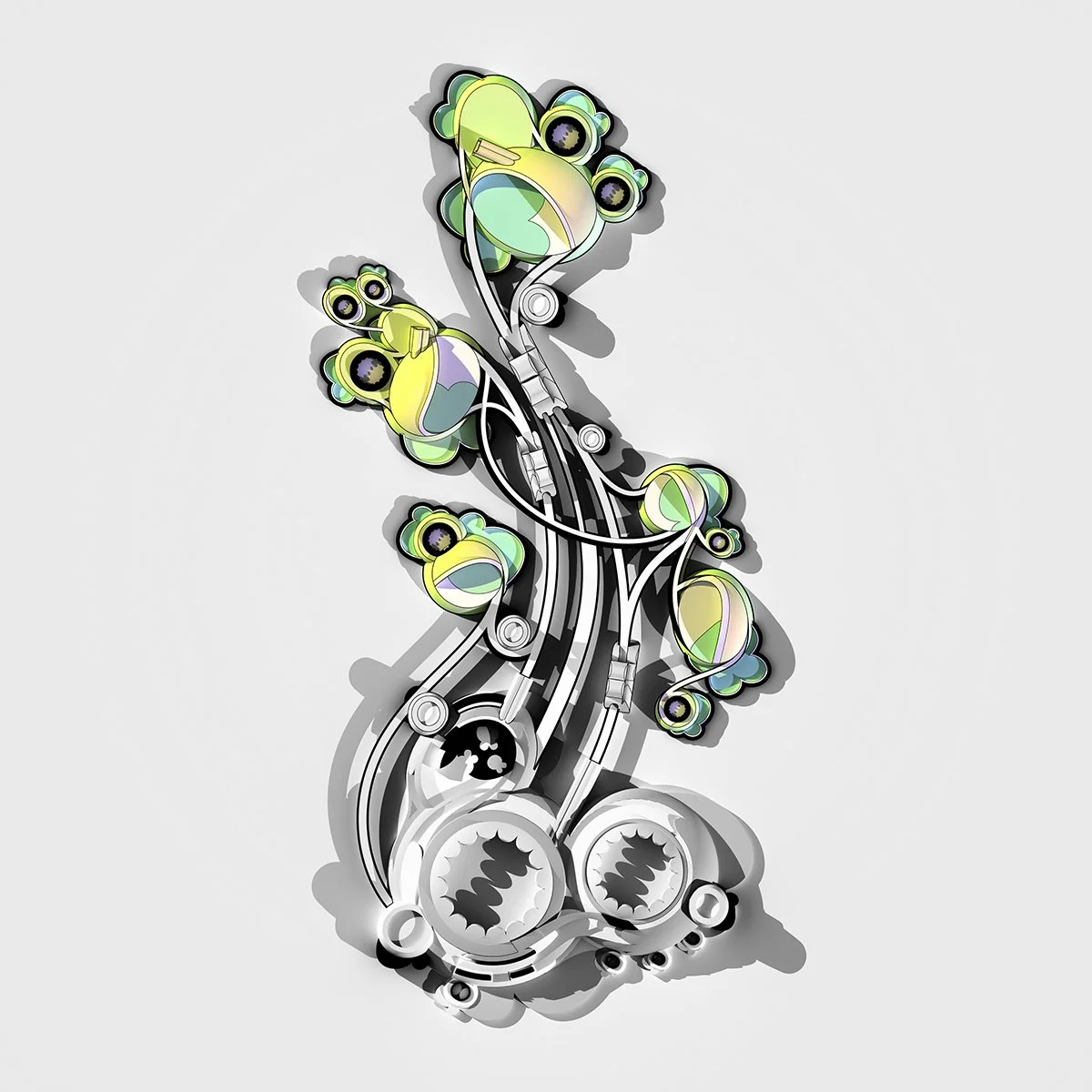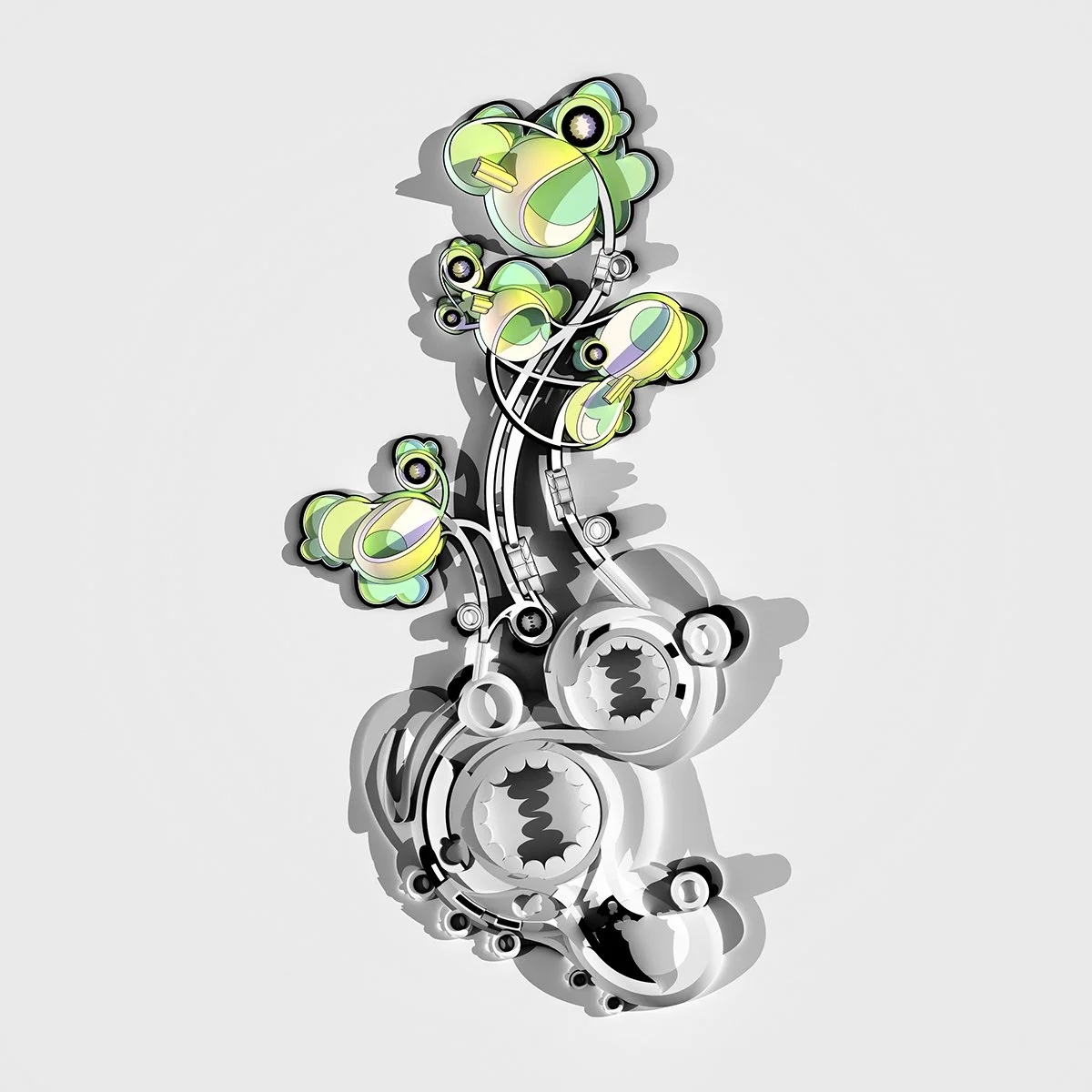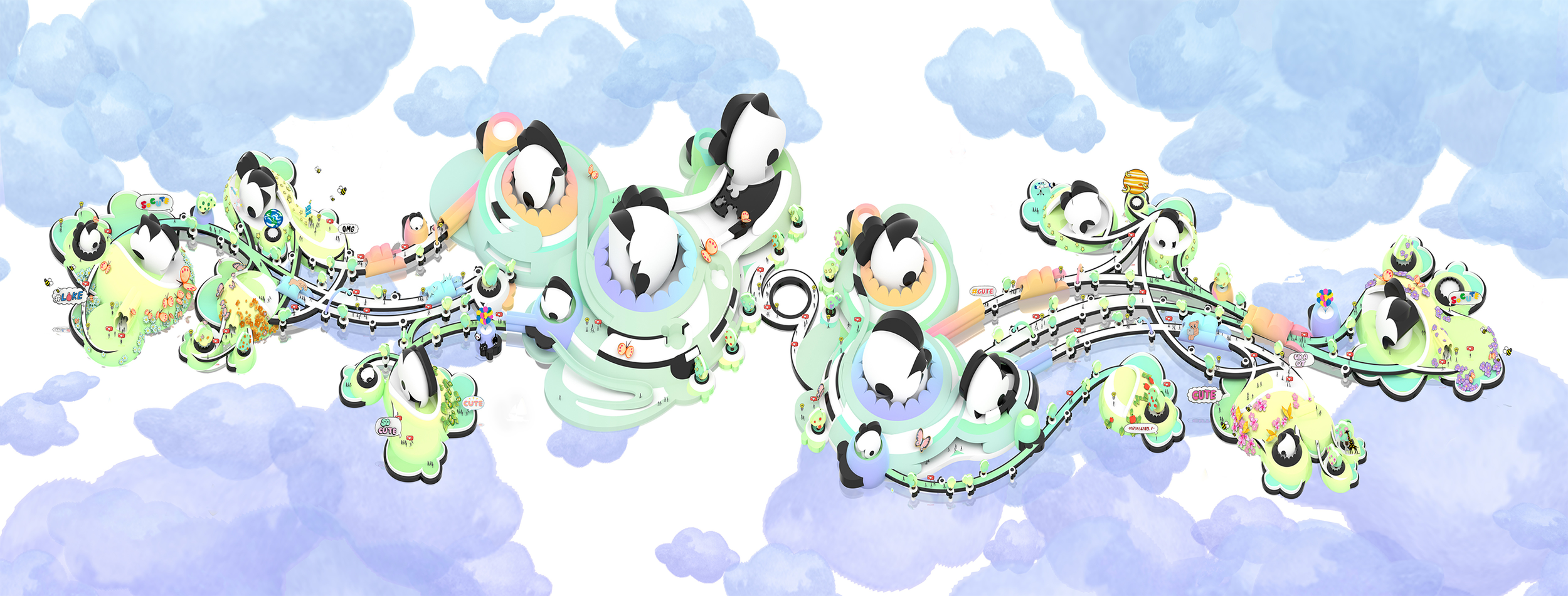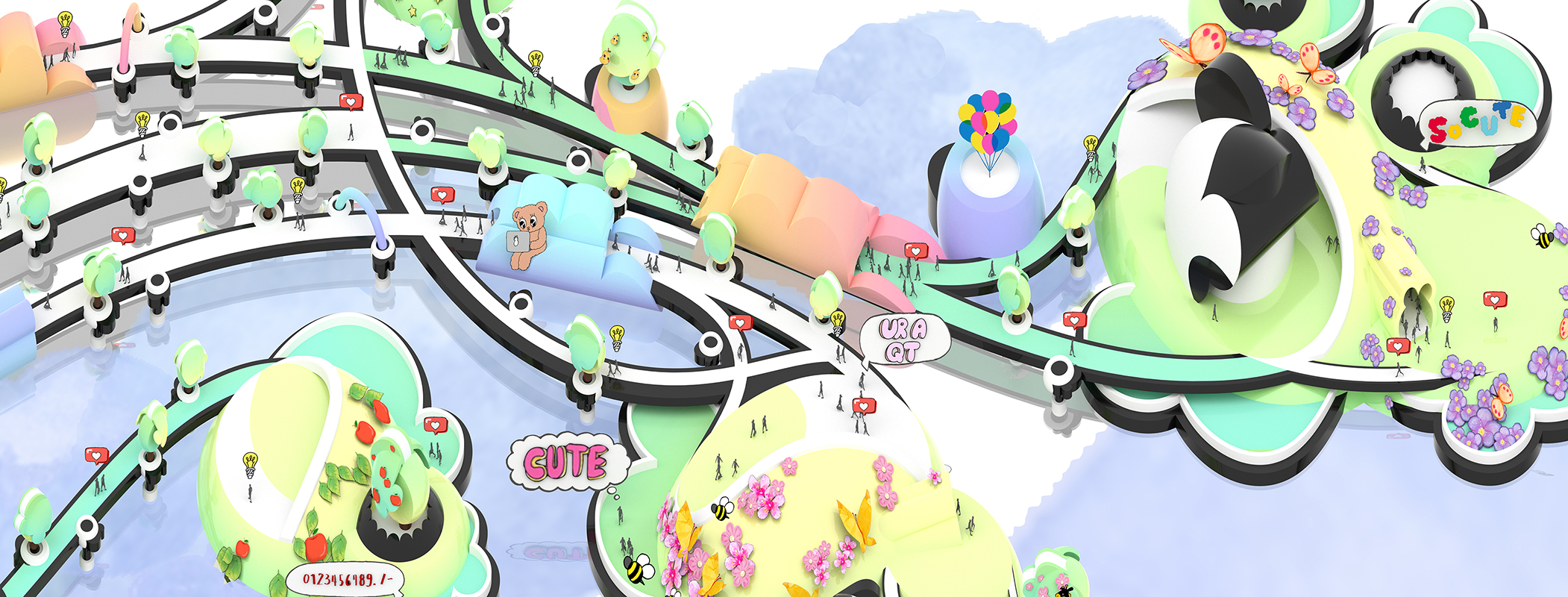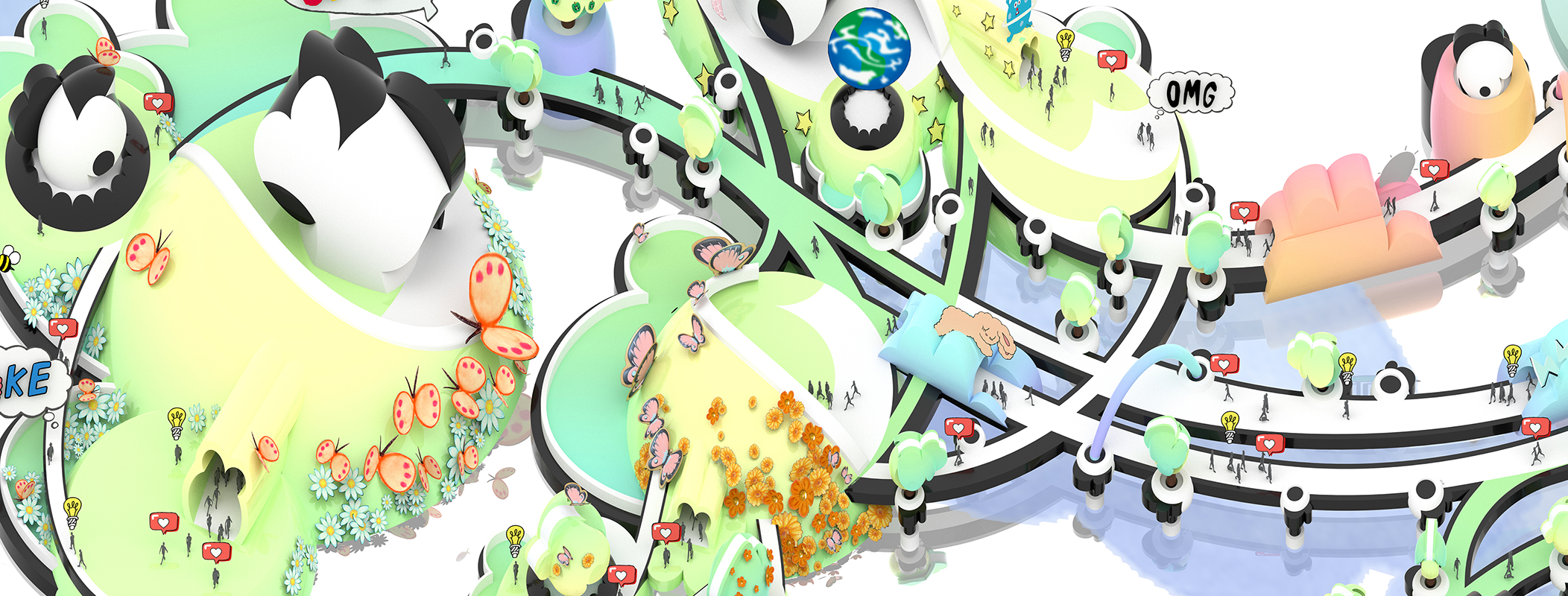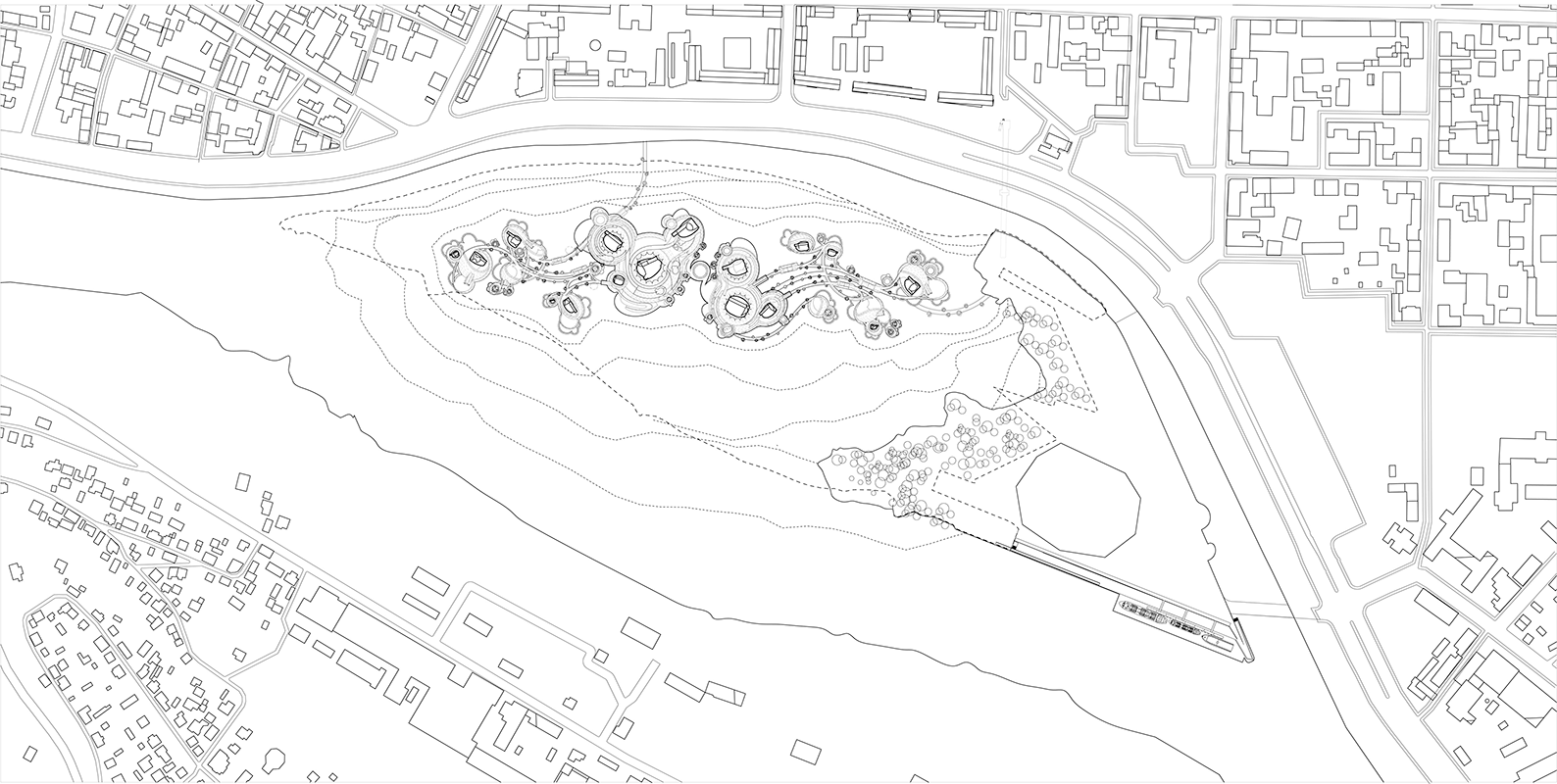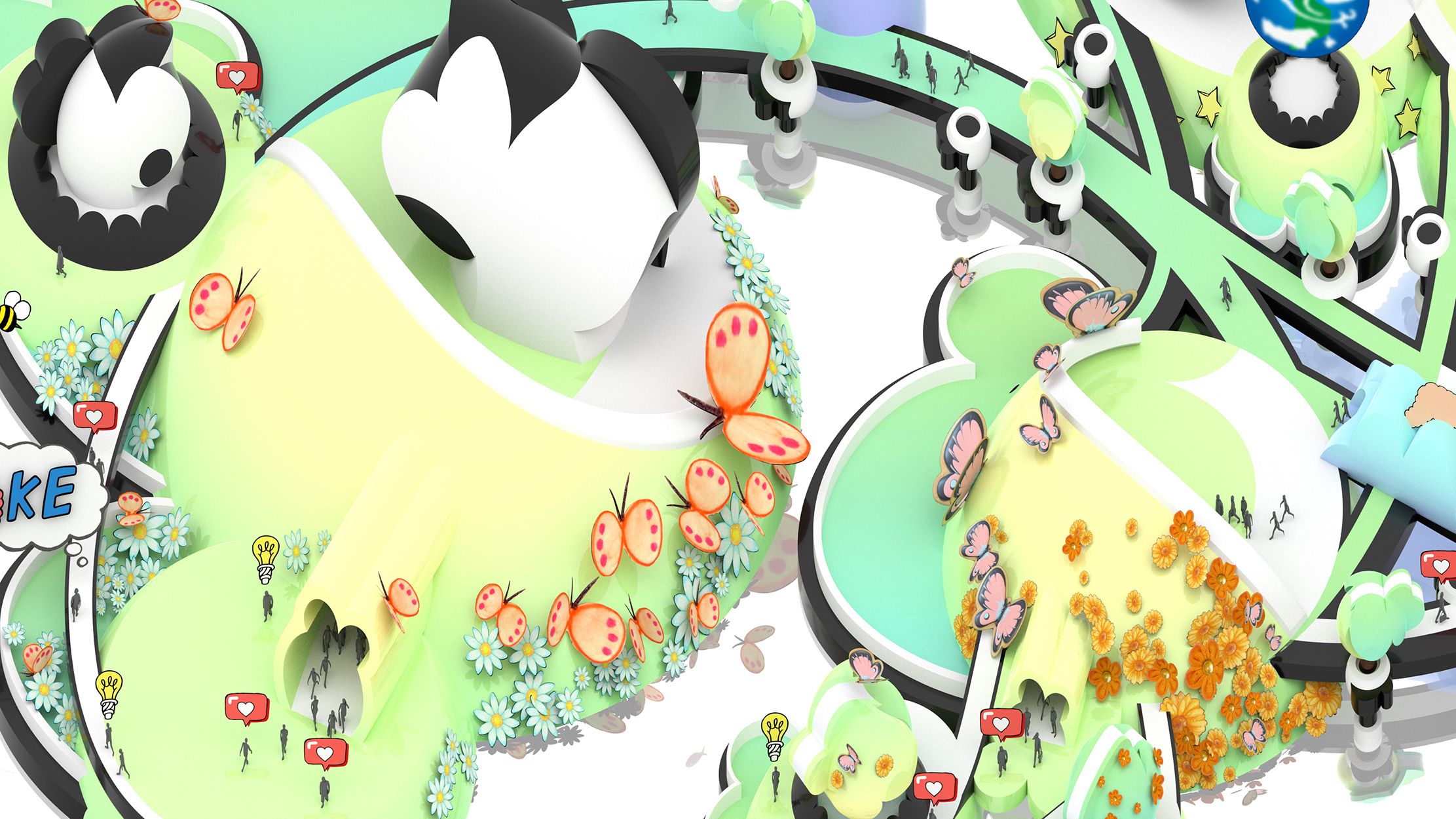
How THE CUTE STOLE CHARACTERS
SCI-Arc Undergraduate Thesis / Advisor: Marcelo Spina
Cute is an aesthetic category that represents the romantic affection we harbor towards friendly looking objects and commodities. According to Sianne Ngai, It’s a fairly young term that emerged in the industrial 19th century with ‘the ideological consolidation of the middle-class home as a female space organized around consumption’. In fact, it can also be argued as the aesthetic of today’s consumerist society. But the Cute, given the historical opposition of the avant-garde to the lack of sharp edges and everything that looks too domestic or familiar, and the general focus of the discipline towards masculinity, hasn’t had the chance to be seriously accepted by contemporary architecture theory.
Characters, on the other hand, have a wider presence in our discourse. This thesis begins by creating an extensive catalogue of cute objects. These objects are unquestionably characters. They are awkward, they are not afraid of humor, they happily accept nicknames, they are unashamedly themselves, and they reinforce each other in multiples by highlighting their own individuality. On top of all that, they are also unquestionably cute. They are anthropomorphic objects, they seem to be powerless, weak, or disabled, they are formally not complex, they have a multiplicity of readings… But as powerless as they might seem, these objects ignite an urgent need in the subject to protect them or fulfill their demands, making them unbelievably more powerful than what we expected them to be.
This thesis aims to destigmatize and position the aesthetic of the cute within the architectural discipline through the use of more widely understood characters and figures.




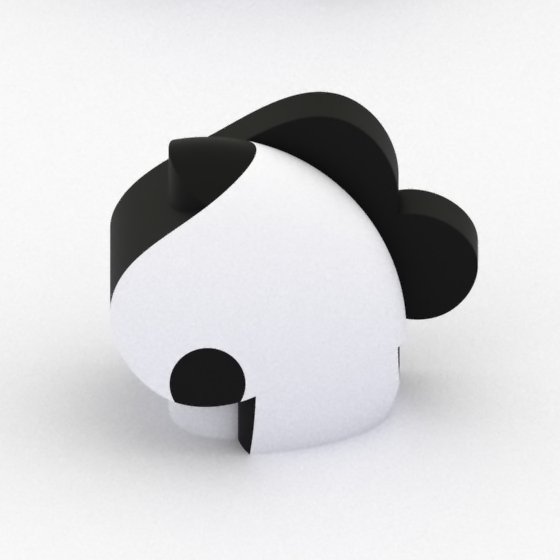
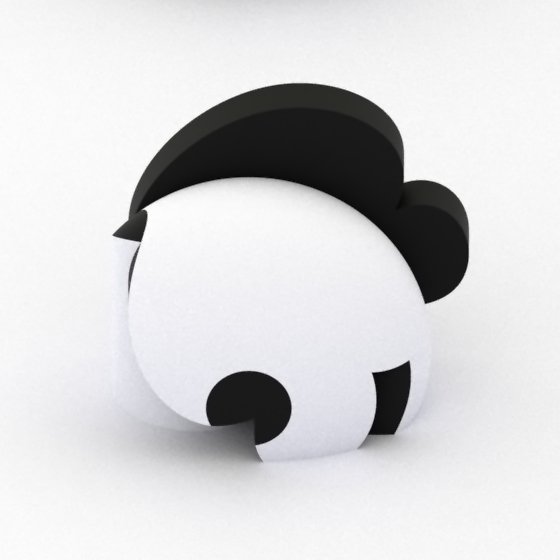




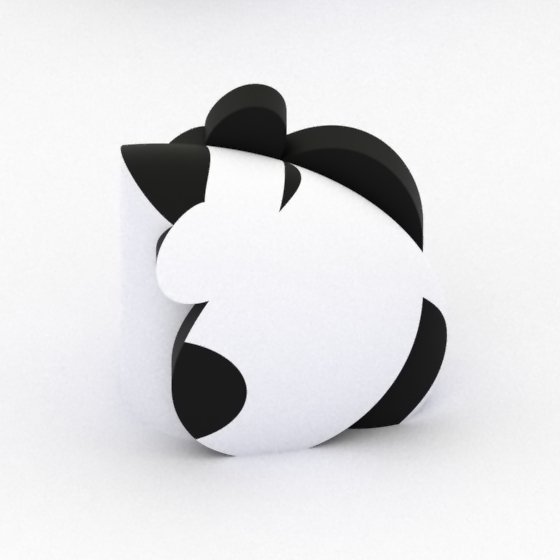

The project is a Science Center in Kaunas, Lithuania. It’s located on an island which is designated to be a recreational space. The program calls for a series of themed galleries and event spaces to position and further develop the city as a cultural hub. The project proposes a conglomerate of familiar spherical objects that are disposed in the island in a way in which they are loosely united through a series of meandering paths and curves. Each of these objects have the potential to be cute characters individually but they also function together as an ensemble of pieces. As you enter the center through a bridge, you move through the site and see a cast of characters in different proximities and scales. Historically speaking, gardens have been associated as a place for science, since they were used as a place for experiments. Since the project is both urban and nature. The project strives to put together an ecology merging the artificial world of volumes and architecture with a more picturesque world of greenery, countryside and islandness though abstraction that ultimately produces the cuteness.
